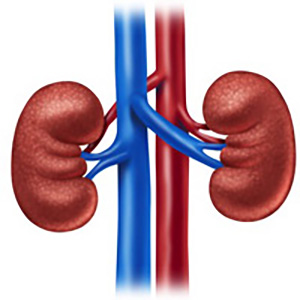 Smart Citations
Smart CitationsSee how this article has been cited at scite.ai
scite shows how a scientific paper has been cited by providing the context of the citation, a classification describing whether it supports, mentions, or contrasts the cited claim, and a label indicating in which section the citation was made.
RETRACTED: Effect of preoperative ureteral stenting on the surgical outcomes of patients with 1-2 cm renal stones managed by retrograde intrarenal surgery using a ureteral access sheath
Objective: To assess the surgical results of patients who underwent retrograde intrarenal surgery (RIRS) using a ureteral access sheath (UAS) for management of renal stones sized 1-2 cm compared between patients who did and did not undergo preoperative ureteral stenting. Materials and methods: This prospective study included 83 patients (aged ≥ 20 years) who underwent RIRS from July 2021 to January 2023. All patients had renal calculi (stone size: 1-2 cm) located within the pelvicalyceal system. 43 and 40 patients were allocated to the non-prestent (group A) and prestent (group B), respectively. Patient baseline characteristics, renal stone details, operative data, stone-free rate (SFR) at 4 weeks and 6 months, and perioperative complications were compared between groups. Results: The baseline characteristics of all patients were comparable across the groups. Four weeks after surgery, the overall stone-free rate (SFR) stood at 62.65%. In the non-prestent and prestent groups, the SFRs were 58.12% and 67.5%, respectively (p = 0.89). By the sixth month post-surgery, the overall SFR rose to 80.72%. In the non-prestent and prestent groups, the SFRs were 76.74% and 85%, respectively (p = 0.081). No notable differences emerged in other variables, including perioperative complications, between the two groups. Conclusions: The SFR showed no significant difference between the prestenting and non-prestenting groups at the 4-week and 6-month postoperative marks. Additionally, there were no substantial differences in complications during surgery and recovery between the groups. Notably, the SFR increased from 4 weeks to 6 months without any additional procedures in either group.
Downloads
How to Cite

This work is licensed under a Creative Commons Attribution-NonCommercial 4.0 International License.
PAGEPress has chosen to apply the Creative Commons Attribution NonCommercial 4.0 International License (CC BY-NC 4.0) to all manuscripts to be published.

 https://doi.org/10.4081/aiua.2023.12102
https://doi.org/10.4081/aiua.2023.12102





